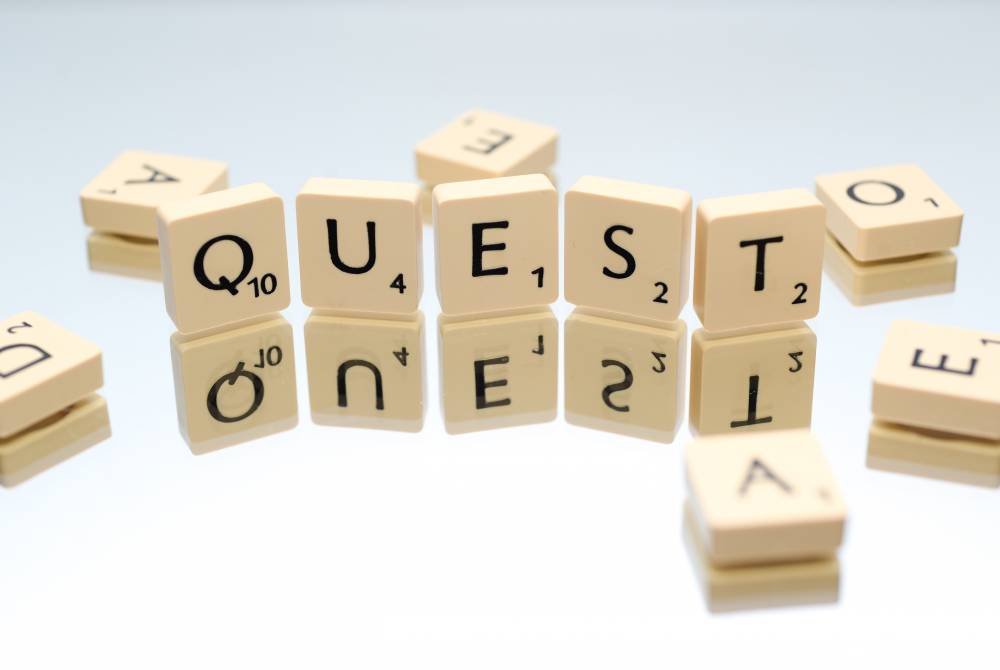When students are taught vocabulary in a thorough fashion, their comprehension of what they read improves. Your students develop knowledge of vocabulary through extensive reading of text that is rich in new words. Vocabulary can also be increased through explicit teaching.
What does explicit Vocabulary teaching look like?
Asking your students to find definitions in a dictionary is not effective because there may be many definitions and a wrong one may be chosen, which in turn creates more confusion in the reading.
Studies show that words should be processed repeatedly and deeply and that they are typically learned gradually through:
- Immersing your students in a word rich environment and
- Involving them in fun word activities.
Here are some ways to do this
- During Read Aloud, Shared Reading and Guided Reading explicitly teach how to predict the meaning of a word and look for clues to help figure out the meaning.
- Encourage your students to actively attempt to construct their own meaning based on this teaching.
- Select words that show how morphology can be helpful (eg. auto – automatic, autobiography, autonomous) but this needs to be done in a problem solving way rather than just telling the answers. (Refer to Greek and Latin Roots for an engaging problem solving routine)
- Use graphic organisers such as semantic maps to show relationships between words, making sure there is a lot of discussion about these.
- Show how to relate new words to one’s own past experiences and use mnemonic strategies including pictures and images.
- Provide explicit instruction for important concept words and content vocabulary, drawing on multiple sources of meaning, and referring to these words as required rather than dealing with all of them prior to the reading of entire chapters.
- Construct definitions together in many ways, such as using antonyms and synonyms, using example sentences, comparing and contrasting words, and creating frames based on what the object is and what features it has (suitable for nouns).
- Develop an interest in words by playing word games, puzzles, puns and having a word of the day selected by your students.
- Have fun with words through books of riddles and rhymes.
- Read aloud texts with interesting words and then use the words in retellings or use pictures or drama to retell using the words.
- See more on teaching vocabulary here.
References:
Comprehension Overview, Diane Snowball

